The meetings’ program Serie Inversa (reverse sequence) starts this year. The discovery artists, more or less young, above all at the beginning of their own artistic research path, living and working in Piedmont, to give them opportunities for discussions and growth.
Serie Inversa, just like Progetto Diogene’s other initiatives, lies within the training activities promoted by the group, aimed at acting and intervening on different latitudes of the develop men to fan artist’s work. During the last months of its activity, association Diogene started a survey among artists, more or less young, above all at the beginning of the irown artistic research path, living and working in Piedmont: a serious and accurate census mostly done in the form of studio‐visit.
The Project doesn’t mean to draw up an all‐embracing list of artists working in the territory, but it does mean to give some of them adequate conditions to start a path of self‐training to get her with the art collective Diogene.
Serie Inversa arises, therefore, from a need perceived by Progetto Diogene: the activation of a new polarity, trying to go directly to the studios or other artist’s places – even mental, to acquire a knowledge of the works not just through the author’s words but also from the space they actually “take place”.
Among the goals, there is the one to put the focus on the art work again, shaking off the public the sense of oppression that today it seems to exert on the viewer. Art has still something to tell us, despite a fervent spread of self‐reference, and especially of art system.
After the portfolio’s collection and studio‐visit, the second step is the selection of some artists who will be allowed to present their work publicly. Artists can examine the methods to introduce themselves and their works at their best, along with the group’s members.
MARIO SCUDELETTI
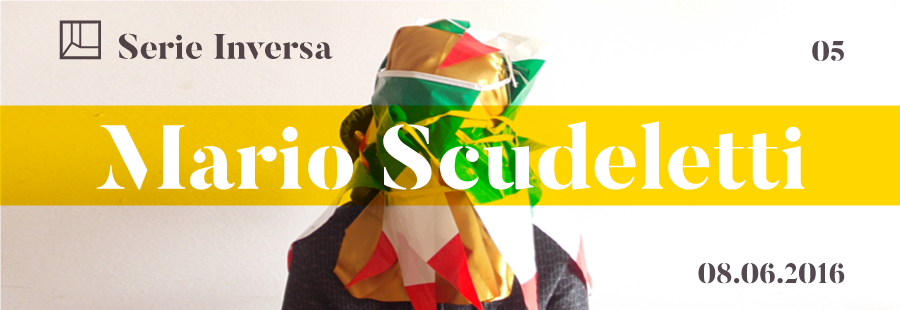
Turin – The fifth meeting of the Serie Inversa, Diogene’s project of investigating the art scene in Piedmont, will take place on Wednesday, June 8 at 6:30 pm at the Diogene Tram, with guest artist Mario Scudeletti, (born in Treviglio, Bergamo, on Aug.4,1980)
After receiving his diploma from the Art High School, Scudeletti enrolled at the Carrara Academy of Fine Arts in Bergamo where he attended the course of Visual Arts, first taught by Adrian Paci and then by Eva Marisaldi. He wrote his thesis on the work of Klee, Giacometti, and De Dominicis, under the supervision of Umberto Cavenago and Elio Grazioli.
He began to work mainly on the “modification” of reality, focusing primarily on the topic of knowledge, and his works ranged from tampering with encyclopedias for children up to creating various deformations of school desks. In this period, his interest shifted to the theme of the alter ego and the vision of a mythological world that blends with the scientific one, thereby highlighting the profound contradictions. He has dealt, always contradictorily, with the theme of saints and flags, mostly to verify their loss of meaning.
After his work was added to Viafarini’s Artists Archive by Milovan Farronato and published in the “New New New” column of Exibart magazine, also edited by M.Farronato, he began exhibiting his work already during his last academic year.
DOMENICO OLIVERO
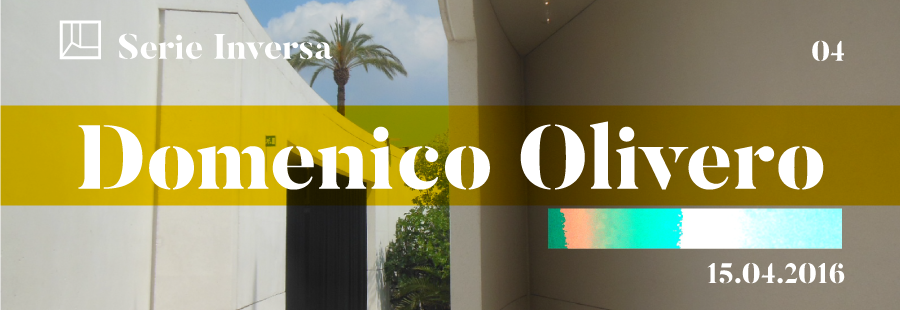
Turin – The fourth meeting of Serie Inversa, Diogene’s project of investigating the art scene in Piedmont, will take place on Friday, April 15 at the Diogene Tram at 6:30 pm, with our guest artist Domenico Olivero.
Born in Cuneo in 1964, Olivero is a self-taught artist whose artistic career has evolved over the years through a use of various techniques in order to better represent his particular musings on the contemporary world. The artist’s interest in social, anthropological, and communication dynamics has led him to conduct formal research with an eye to tradition while verging on the present, on daily life, by using and experimenting with techniques, forms of dissemination, social mechanisms, and the flows of thinking.
Olivero’s latest projects include Cuneo Succede (Cuneo Happens), a community page on the Facebook platform; Oc-land, a series of works on the concept of identity, and Spazi espositivi cuneesi (Exhibition Spaces in Cuneo), a historical research on artistic activity in Cuneo.
FRANCESCO DEL CONTE

Turin – The third meeting of the Serie Inversa, Diogene’s project of investigating the art scene in Piedmont, will take place on Friday, April 8 at 6:30 pm at the Diogene Tram, with guest artist Francesco Del Conte (Milan, 1988).
Francesco Del Conte explores the potential of the photographic medium, analyzing its relationship with the surrounding reality in particular. Del Conte studies the evolution of the camera and the significant role it soon acquired in contemporary society, determined by a process of industrialization that occurred in the first half of the last century and, in recent decades, which has influenced been by the innovation of digital technology. His research follows two different approaches: the first, based on the objective properties of the photographic lens, creates images of a scientific nature that are seemingly without any intervention by the artist; the second is related to the theme of illusion: the photograph becomes the perfect vehicle for abstracting portions of reality, thereby creating images that address the concepts of false reality and representation.
Francesco Del Conte earned a bachelor’s degree in graphic arts at the Albertina Academy of Fine Arts in Turin. In 2012, he moved to Brussels and received a master’s degree in photography from the Hogeschool Sint-Lukas Brussel. He currently lives and works in Turin, and he is a member of the Ohne Title Lab, a photography, video, and graphics studio.
JUAN SANDOVAL
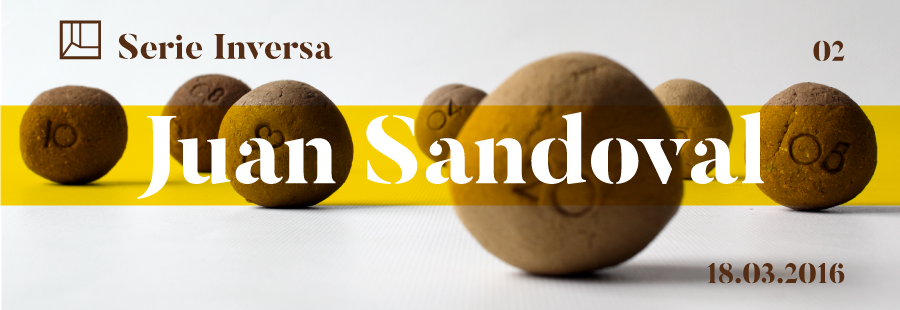
Turin – Serie Inversa, Diogene’s project of investigating the art scene in Piedmont, proposes the second appointment of the season. Juan Sandoval (Medellín – Colombia, 1972) is the guest artist of the meeting, which will be held on Friday, March 18, 2016 (6:30 p.m.) at the Diogene Tram, during which the artist will discuss his work with the general public.
Sandoval has developed participatory projects related to the issues of migration, the economy, and local culture, also working with members of the indigenous communities in regions of the Amazon and the Andes. His current research focuses on the concept of the worker’s role of manual labour in the process of transformation of the social environment. He is the co-founder of the laboratory El Puente (www.elpuentelab.org), an art collective based in Medellín, a platform for artistic and cultural production which uses contemporary culture in general as a tool for social change. The collective works generated thus are aimed at building a connection and exchange between geographically and culturally distant places through the development of art in public spaces.
After receiving his degree in visual arts from the Universidad Nacional de Colombia in Medellín (1996), he specialized in printmaking at the International School of Engraving “Il Bisonte” in Florence (1999) and was an artist in residence at UNIDEE – University of Ideas at the Cittadellarte/Pistoletto Foundation in Biella (2000). He has been exhibiting his work in international contexts since 1994. His recent exhibitions include: in 2014, Generaciones, at the Universidad Nacional de Colombia, Medellín, Colombia and Contra-expediciones at the Museo de Antioquia, Medellín, Colombia, and in 2015, Work for you for one hour at the artist’s studio – Via Cavour 14, Turin.
AURORA PAOLILLO
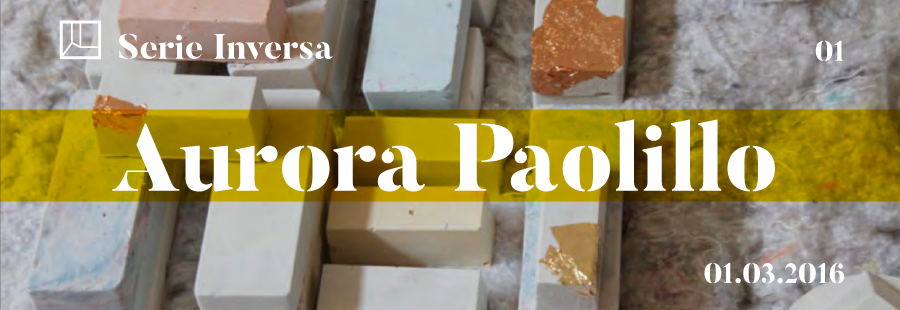
Her research focuses mainly on giving a shape to all those bonds that we do not see, but which exist. Empathetic bonds that form among some people, places, and objects, and that manage to give meaning to our existence. The lasting or fleeting bonds that inevitably make up our lives. Paolillo’s work therefore aims to give meaning and shape to the relationship that exists between our Being and the different dimensions of living, by means of an attentive observation of the surrounding reality and everyday environments. The artist is particularly interested in the details of things, those details that easily become invisible to us when they are consolidated into our habits. Aware of the changing aspects of matter, Paolillo focuses on recording all those fragmentary realities, that are provisional or, on the contrary, in a phase of growth and change, and never finished, never complete. Through an action of (re) constructing and deconstructing reality, the artist thereby seeks to create new grafts, which alter the usual appearance of things.
ALICE BENESSIA
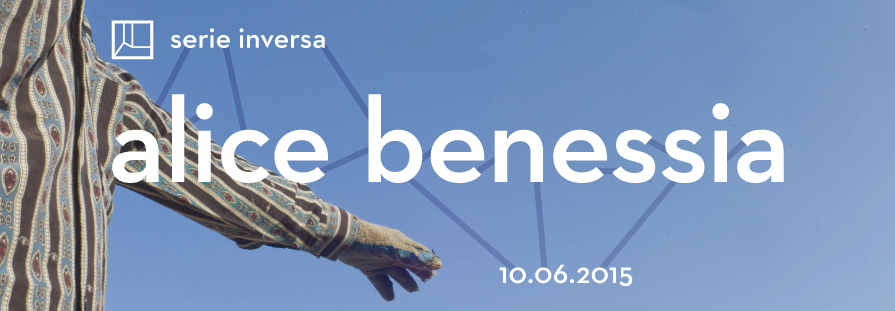
In her research, the artist from Turin considers the act of photographing in a paradoxical way, and as she has said, she seeks to “use an instrument that contextualizes, in order to remove any contextualization from one’s own way of looking, at oneself and the outside world”. Her research, practice, and use of photography are interpreted as possible routes of not only investigating vision and perception, but also of an opportunity for exploring a broader state of being: “for remembering and refining one’s ability to be present, and thus aware of what lives in us and around us, and therefore, ready and open to evolving over time”. In this sense, the ontological status of photography, in which it becomes an art of presence, is overturned: hence, learning to be in a space and in a definite time, in a dynamic relationship with the light and with the flow of external and internal events. As we read in the presentation of one of her pieces: “Most of our theories about the world, and most of our way of living in it, depend on how we look around. To suspend the preconceived sense of what we encounter, and to just feel its presence, is a very ambitious task. Even for just a moment, one witnesses the encounter between two forms (oneself and the outside) that simply are”. Her involvement in working on the issue of time as matter seems explicit.
MICHELA DEPETRIS
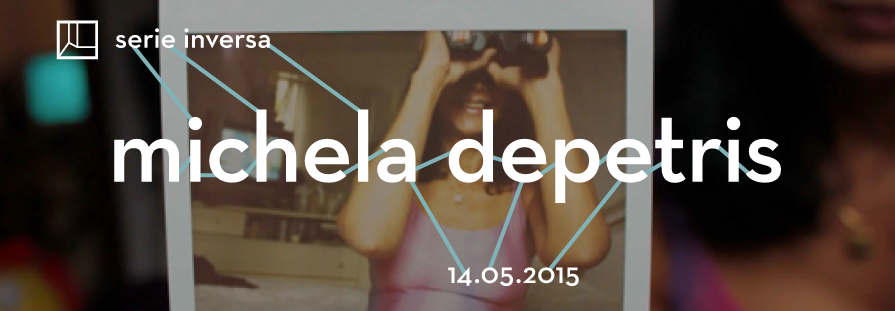
The research of Michela De Petris is focused on the link between intimacy, viewpoints, and identity. Starting from the field of individual experience, both private and in relation to others, the artist has chosen the emotional dimension as the cornerstone of her research and method of work required. Sensitivity in the observation of places and and comparison with others are two sides of the same coin, the unexplored fields where a perception of reality can be attempted. In fact, all her works start from an idea of action, of performance understood as a generative process of the activation of reflection on the doing/making itself, in search of possible influences often also established through collaborations with third parties. An online presentation of hers confirms this, when we read: Inspecting reality very closely, like a private investigator, like a policeman, like a dog / Perhaps nothing makes sense, but everything can produce meaning / Every time you look at something, it changes / Each proposal is the pretext for at least one relation.
AMBRA PITTONI | PAUL-FLAVIEN ENRIQUEZ-SARANO
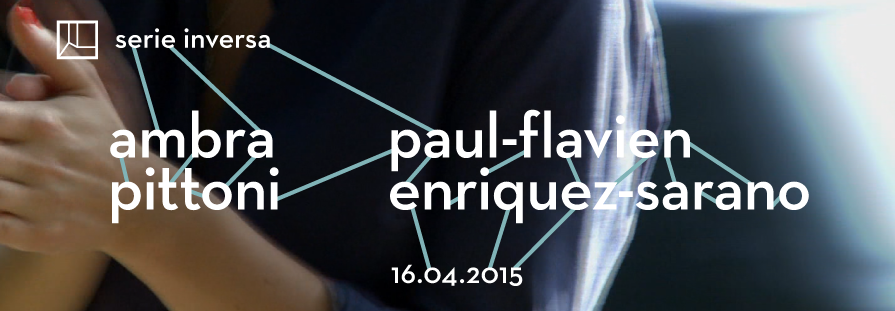
A certain approach to performance language can be perceived immediately when they write in the introduction of their statement that, “a work of art does not illustrate a world, a work of art produces one”; this is a statement that explains not only an instrumental use of gesture and movement, but also one that asserts the purpose of the performative act. Theirs is a use of the body which is relational and connective at the same time, and which allows their work to emerge “simultaneously involving various types of reflections and artistic means; the constant dialogue between the various disciplines and different fields of knowledge has now led to a complete overcoming of the barriers between artistic genres.”
SILVIA MARGARIA
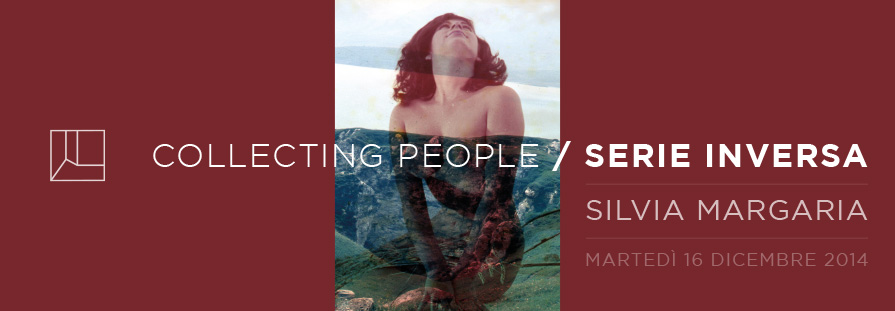
Her research focuses on superimposition, with formalizations that tend toward the narrative and isolation, both the intimate and the social. This overlapping is a search for impurity, for what is out of focus, as well as a desire for union that nonetheless creates dizziness and disorientation. The overlapping fragments are chosen from a myriad of images and objects accumulated over time, resulting in a collection that grows daily; a collection made with the moral intent of preserving the memories of others, thus trying to give new life to the past through editing, assembling, and layering.
The use of materials that have often been found in flea markets or on the street and a deep attraction to forms that are out of style and a nostalgia of the past make her work inevitably and voluntarily obsolete, “Because the possibility of reinvention and renewal stems from what is out of fashion; I find the right translation for what Barthes called ‘obtuse meaning’ in what is outdated; it is something that has to do with wordplay, the banal, with joking, the futile, the fake and the fetish, but which expresses that emotion very well, designating simply what it is you love: it is an emotional value, an evaluation.”
PINUCCIO REVELLO
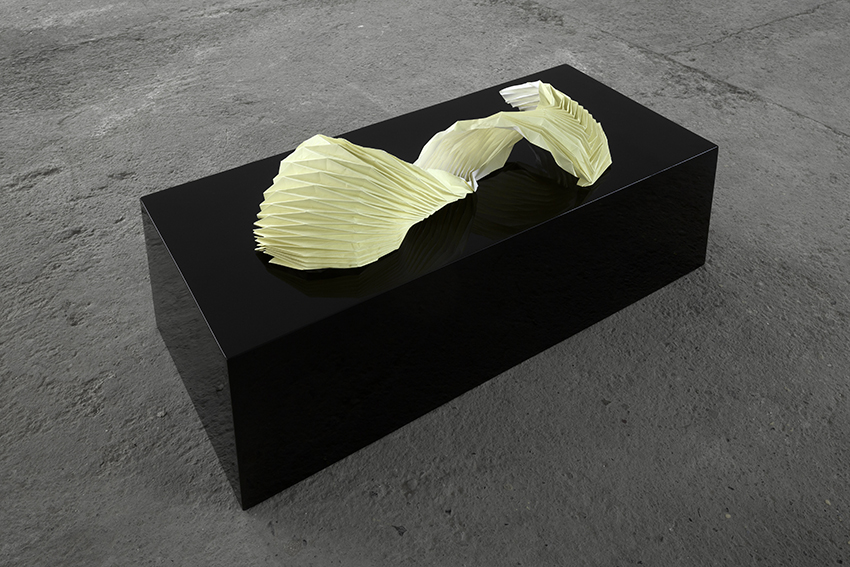
Pinuccio Revello presents to the tram’s audience a part of his work, with a particular focus on the project La Causa del Nulla (The Cause of Nothing), the result of a series of considerations about the nature of things, from which the artist started to measure convergences and divergences between the notions of One and Multitude, at both formal and conceptual level.
“If we consider the concept of Multitude, this goes back to being the singularity of the multitude and then One, if we consider the form of One, this tends to be in the Multitude as an expression of the One.”
FRANCESCA FERRERI
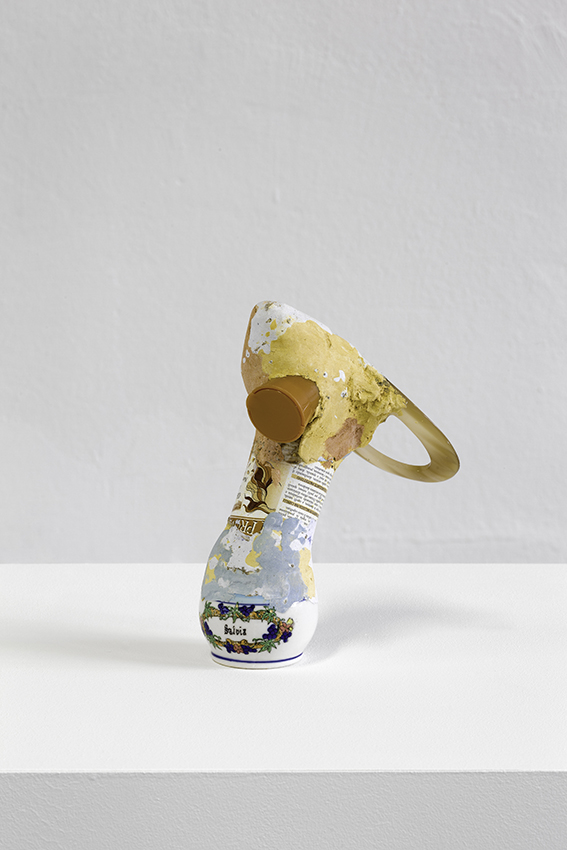
Francesca Ferreri was born in Savigliano (CN) in 1981. She lives and works in Turin, where in 2008 she obtained a bachelor’s degree at the Fine Arts Academy “Accademia Albertina”. Since 2009 she is pursuing her artistic research which, starting from a personal interest in neuroscience and the mechanisms of the mind, is aimed at investigating the In betweening as a state of being, the state of the shape and condition of the subject. The term, borrowed from animated cartoon, condenses the idea of transition in its development in the present, whilst retaining a reference to the continuous happening of an action, which takes in this way the dignity of “the form itself.” Through the redefinition of the relationship between the phase and the process, between the part and the whole, between the subject and support, the artist’s research is aimed at exploring the concept of Inbetweening through various media, with a constant sensitive to the ways that the language of design can take.
ARIANNA UDA
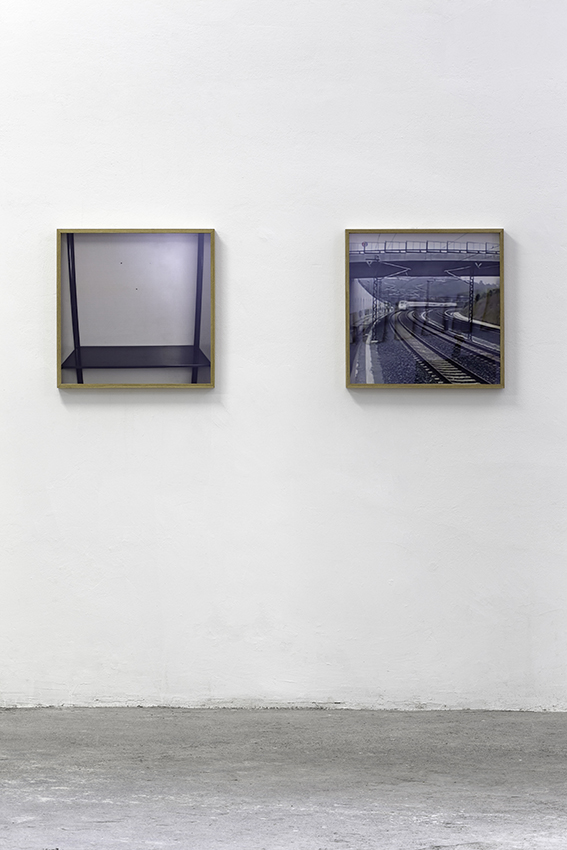
Uda was born in 1985 in Alba (Cn). She graduated from artistic high school Pinot Gallizio (Alba) and then earned a Bachelor in Sculpture (2008) and a MA in Graphic Art (2011) at the Albertina Academy of Fine Arts, Turin, Italy.
Arianna investigates “Human Being with an anthropologist’s attitude, inquiring human behaviour without any scientific basis, guided only by an instinctive necessity of cataloguing. Hers “is a continuous questioning that never has a final answer”.
GIULIA GALLO
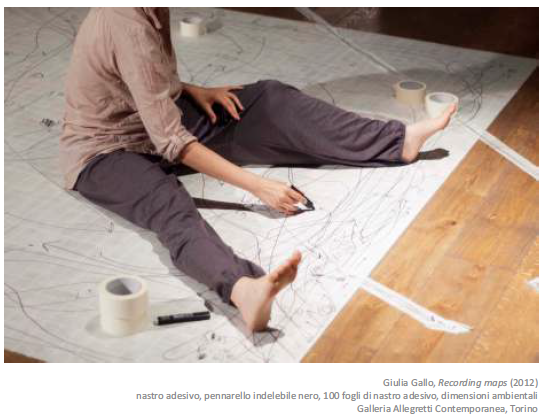
Giulia Gallo obtains the second level diploma at Accademia Albertina di Belle Arti in Turin. She expands her training approaching improvisational theater and contemporary dance. From 2013 to 2010 she is a member of Radici Group, a collective of students and teachers set up at Accademia Albertina di Belle Arti, whose aim is to promote and develop contemporary art through young artists’ projects and works. The research developed during the last years pursues the aim of recording the surrounding reality by the ancient Cartographer’s point of view, as the contemporary Explorer. The means employed are many, from sketch to installation to video, and to the body language input through performative actions.
http://giuliagallo.wix.com/giuliagallo
VALERIO MANGHI
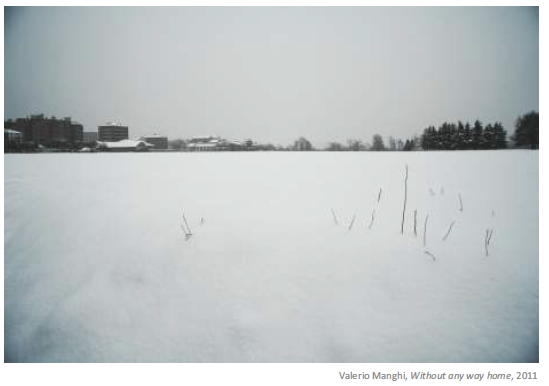
Valerio Manghi graduated at Istituto Europeo di Design in Turin, is a photographer, a videomaker and realize also installations.
This is the way he talks about his research: “Every step we have taken carries its consequences into our inner world. Visual work is just a representation of that world. Considering education as a structural element of the self in modern society, it is also possible considering to give a someone’s life the name of a class. Until now, mine is “Harmonising Escape from Reality Evaluation Design”. I am one of those silently practicing the Inventamondo (Createtheworld).”
ENRICO PARTENGO
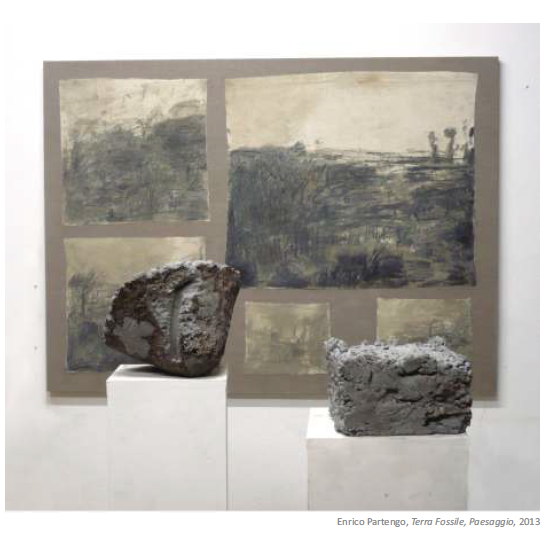
Enrico Partengo, graduated at the Accademia Albertina di Belle Arti, is a sculptor, a painter, and a performer, and this is the way he talks about his research: “Among human presence and absence, there are spaces, places, and times where an observer can find traces of different realities. These are often debris, fingerprints, empty fields, residues crumbled by time and human memory’s processes”.
http://enricopartengo.jimdo.com
